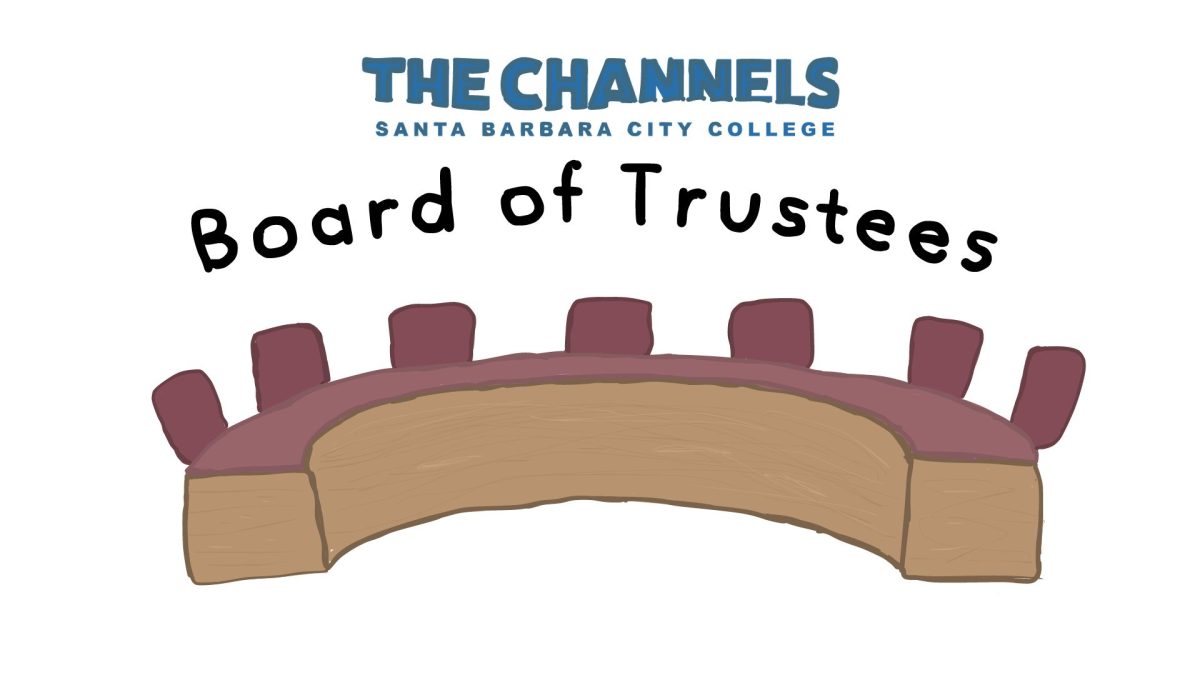While the effects of the statewide budget crisis have taken a heavy toll on California’s educational institutions, including City College, the Disabled Student Programs and Services seems to have weathered the storm.
As tuition at City College went up over 63 percent, state legislature had also proposed a 43 percent cut last year in funding for services for disabled students and programs in California. But through heavy campaigning, the champions of the disabled population were able to get that number down to one and a half percent.
Having suffered a small cut in last year’s budget allocations DSPS was forced to cut two positions. This came in spite of an increase in demand from students.
While this year’s DSPS budget has not yet been finalized, things are looking better.
“We’re very optimistic because our numbers were up last year and are up again this year,” said Janet Shapiro, DSPS head coordinator.
One of the cut positions will be reinstated.
“We recognize the importance of being fiscally conservative in these hard economic times,” Shapiro said. “And we have to take our fair share of hardships.”
But even if the cuts had been higher, Shapiro was quick to laud City college’s dedication to the DSPS.
“This college is very generous both philosophically and financially. The president of this institution is very knowledgeable and understanding of the importance of building a welcoming community for people with disabilities,” she said.
She also stressed that if cuts were ever realized, the school would backfill the program to help fund it. Furthermore, Shapiro said that the services provided for disabled students are legally mandated, and would still have to be provided somehow.
“Ifwe weren’t here, they would have to provide use of tutors and interpreters and everything else anyway. It’s much more efficient to have us here to do that,” she said.
Helping over 1400 students, or roughly 10 percent of the student population, DSPS offers more than one would imagine.
It accommodates the blind with audio books, Braille, and teaching tools, assists the deaf with sign language interpreters and listening devices, and offers voice-to-text programs for people who cannot use or see a keyboard.
It also provides tutors for people with learning disabilities. And counselors are always at hand to help out.
“They actively listened and made functional and useful suggestions,” said Joe Thomson, student and current DSPS employee. “They understood.”
Thomson, who lost his arm in 1985, came here in 1997 and enrolled as a volunteer at the DSPS shortly after.
“I work with people who are a lot worse off than I am,” he said. “The largest disabled population here has ‘invisible disabilities’, like hearing, vision, or learning disabilities.”
“We work on helping these people with success strategies,” he said.
One of those people is Oscar Marquez, a legally blind student who came here last year from Mexico and who spoke hardly any English.
Each school day Oscar comes to DSPS, where he can use the Zoom Text, which magnifies and projects the text from his books. At first he also used interpreters, but now only uses tutors, provided free to him from the program.
“Without DSPS, I’d be incapacitated,” he said. Another benefactor of DSPS’s presence on campus is Monica Ramirez, a 35-year-old mother of three. After suffering nerve damage in a car accident, she found DSPS and began to use their voice activated computers and left handed keyboards.
Monica, who’s 17 year old daughter Natasha also receives help from DSPS, said that they have “bent over backwards accommodating” her.
“They recognize my needs are there to help me,” she said. “Without them I could not go to school.”
DSPS surviving cuts
Andrew Bauer, Channels Contributor
December 18, 2003
Story continues below advertisement
More to Discover







